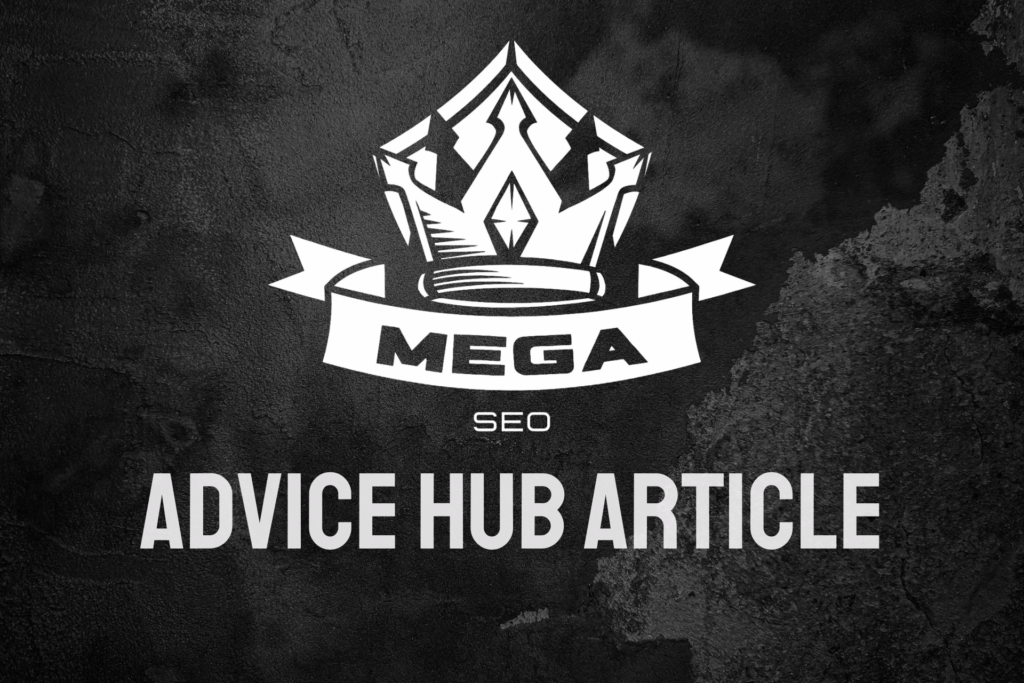Schema markup has become an indispensable tool for SEO professionals seeking to enhance their website’s visibility in search engine results pages (SERPs). This powerful form of structured data helps search engines better understand the content on your web pages, potentially leading to improved rankings and more engaging search results. In this comprehensive guide, we’ll explore the ins and outs of schema markup and how you can leverage it to boost your SEO efforts.
What is Schema Markup?
Schema markup is a standardised form of structured data that provides search engines with additional context about the content on your web pages. It’s a collaborative effort between major search engines like Google, Bing, Yahoo, and Yandex to create a common vocabulary for describing web content.
By implementing schema markup, you’re essentially providing search engines with a clear, machine-readable roadmap of your content. This allows them to better understand the relationships between different elements on your page and present this information in more useful ways to searchers.
Why is Schema Markup Important for SEO?
Schema markup plays a crucial role in modern on-page SEO strategies for several reasons:
- Enhanced Search Results: Schema markup can lead to rich snippets in search results, which are more visually appealing and informative than standard results. These rich snippets can include elements like star ratings, product prices, or event dates, making your listing stand out and potentially increasing click-through rates.
- Improved Understanding: By providing explicit information about your content, schema markup helps search engines better understand the context and relevance of your pages. This can lead to more accurate indexing and potentially better rankings for relevant queries.
- Voice Search Optimisation: As voice search continues to grow in popularity, schema markup becomes increasingly important. Voice assistants often rely on structured data to provide quick, concise answers to user queries.
- Future-Proofing: As search engines evolve and introduce new features, having schema markup in place puts you in a better position to take advantage of these developments quickly.
How to Implement Schema Markup
Implementing schema markup might seem daunting at first, but with the right approach, it can be a straightforward process. Here’s a step-by-step guide to get you started:
1. Identify the Type of Schema You Need
The first step is to determine which types of schema are most relevant to your content. Schema.org, the official schema markup vocabulary, offers hundreds of different types and properties. Some common types include:
- Article
- Product
- Local Business
- Event
- Recipe
- Review
Choose the schema types that best represent your content and business. For instance, if you run an e-commerce site, you’ll likely want to focus on Product schema. If you’re a local business, the Local Business schema would be most appropriate.
2. Generate the Schema Markup
Once you’ve identified the relevant schema types, you need to generate the actual markup. There are three main formats for schema markup:
- JSON-LD (recommended by Google)
- Microdata
- RDFa
JSON-LD is generally the easiest to implement and maintain, as it doesn’t require you to modify your HTML content directly. You can use Google’s Structured Data Markup Helper or other online schema generators to create your markup.
3. Test Your Schema Markup
Before implementing the schema markup on your live site, it’s crucial to test it for errors. Google’s Rich Results Test is an excellent tool for this purpose. Simply paste your markup or URL into the tool, and it will highlight any errors or warnings.
4. Implement the Schema Markup
Once you’ve generated and tested your schema markup, it’s time to add it to your website. If you’re using JSON-LD, you can typically add the markup to the
section of your HTML. For Microdata or RDFa, you’ll need to modify your HTML content directly.If you’re using a content management system like WordPress, there are plugins available that can help simplify the process of adding schema markup to your pages.
5. Monitor and Refine
After implementing schema markup, it’s important to monitor its performance. Use Google Search Console to track how your pages are appearing in search results and whether you’re seeing any increases in rich snippets or featured snippets.
Regularly review and update your schema markup to ensure it remains accurate and up-to-date. As search engines evolve and introduce new schema types or properties, be prepared to adapt your markup accordingly.
Common Schema Markup Types for SEO
While there are numerous schema types available, some are particularly valuable for SEO purposes. Let’s explore a few of these in more detail:
Organisation Schema
Organisation schema provides information about your business, including your name, logo, contact information, and social media profiles. This can help search engines display accurate information about your business in knowledge panels and other rich results.
Local Business Schema
For businesses with physical locations, Local Business schema is crucial. It allows you to specify your address, opening hours, accepted payment methods, and more. This information can appear in local search results and Google Maps, potentially driving more foot traffic to your business.
Product Schema
E-commerce sites can benefit greatly from Product schema. This markup allows you to specify details like product name, price, availability, and reviews. These details can appear directly in search results, making your listings more attractive to potential customers.
Article Schema
For content-heavy sites, Article schema can be beneficial. This markup helps search engines understand the structure of your articles, including the headline, author, publication date, and featured image. It can lead to more prominent displays in search results and potentially increase click-through rates.
FAQ Schema
FAQ schema is particularly useful for pages that answer common questions about your products, services, or industry. This markup can lead to your FAQs appearing directly in search results, potentially increasing your visibility and establishing your site as an authoritative source of information.
Best Practices for Using Schema Markup
To get the most out of schema markup, consider these best practices:
- Be Specific: Use the most specific schema type possible for your content. For example, if you’re marking up a news article, use NewsArticle schema rather than the more general Article schema.
- Be Comprehensive: Include as much relevant information as possible in your schema markup. The more details you provide, the better search engines can understand and represent your content.
- Keep It Accurate: Ensure that your schema markup accurately reflects the content on your page. Misleading markup can lead to penalties from search engines.
- Use Multiple Schema Types: Don’t limit yourself to just one type of schema per page. If appropriate, use multiple schema types to provide a more complete picture of your content.
- Stay Up-to-Date: Keep abreast of new schema types and properties as they’re introduced. Regularly review and update your schema markup to take advantage of new opportunities.
Measuring the Impact of Schema Markup
Implementing schema markup is just the first step. To truly leverage its power, you need to measure its impact on your SEO performance. Here are some key metrics to track:
- Rich Snippet Appearances: Monitor how often your pages appear as rich snippets in search results. This can be tracked through Google Search Console.
- Click-Through Rates (CTR): Compare the CTR of pages with schema markup to those without. An increase in CTR can indicate that your rich snippets are attracting more clicks.
- Organic Traffic: Track changes in organic traffic to pages where you’ve implemented schema markup. While not a direct correlation, increases in traffic could be partially attributed to improved visibility from schema markup.
- Search Rankings: Monitor your rankings for targeted keywords. While schema markup doesn’t directly influence rankings, the increased click-through rates and engagement it can generate may indirectly lead to ranking improvements.
- Voice Search Performance: If you’re targeting voice search, track how often your content is used to answer voice queries. This can be more challenging to measure but is increasingly important as voice search grows in popularity.
Advanced Schema Markup Techniques
For those looking to take their schema markup implementation to the next level, consider these advanced techniques:
Nested Schema
Nested schema allows you to provide more detailed and interconnected information about your content. For example, you could nest a Person schema within an Article schema to provide detailed information about the author.
Dynamic Schema Generation
For large websites with frequently changing content, manually updating schema markup can be time-consuming. Implementing a system for dynamically generating schema markup based on your content management system can save time and ensure your markup is always up-to-date.
Schema for E-A-T
While not directly related to rankings, using schema markup to highlight your Expertise, Authoritativeness, and Trustworthiness (E-A-T) can be beneficial. This might include using Person schema to highlight author credentials or Organization schema to showcase company awards and recognitions.
Harnessing the Power of Schema Markup for Your SEO Strategy
Schema markup is a powerful tool in the SEO arsenal, offering the potential to enhance your visibility in search results and provide searchers with more informative, engaging listings. By implementing schema markup effectively and following best practices, you can give search engines a clearer understanding of your content and potentially improve your organic search performance.
Whether you’re a local business in Wigan looking to boost your SEO or a national brand aiming to improve your online visibility, schema markup should be an integral part of your SEO strategy. By providing search engines with this structured data, you’re not just optimising for today’s search landscape, but also preparing for the future of search.
Remember, successful SEO is about continuous improvement and adaptation. Keep refining your schema markup strategy, stay informed about new developments, and always focus on providing value to your users. With persistence and the right approach, you can unlock the full potential of schema markup and take your SEO efforts to new heights.
If you need expert guidance on implementing schema markup or improving your overall SEO strategy, don’t hesitate to reach out to our team. We’re here to help you navigate the complex world of SEO and achieve your online goals.




